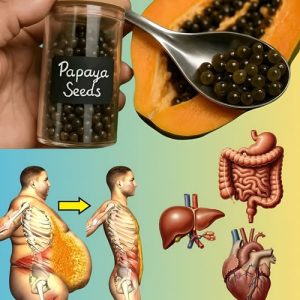
We’ve all been there—craving a midnight snack and eyeing the leftover chicken or beef from dinner. But before digging in, it’s worth pausing to ask: is it actually safe to eat?
Understanding the “Danger Zone”
The “danger zone” in food safety refers to temperatures between 40°F (4°C) and 140°F (60°C). Within this range, bacteria like Salmonella, E. coli, and Staphylococcus aureus can multiply rapidly—doubling every 20 minutes under ideal conditions. When cooked meat stays in this temperature range for too long, the risk of foodborne illness increases significantly.
Why Chicken Is Especially Risky
Chicken poses a greater danger than many other meats for a few key reasons:
- Poultry naturally carries bacteria that require higher cooking temperatures to eliminate.
- Even after cooking, chicken can be recontaminated through contact with air, utensils, or surfaces.
- Some bacteria produce toxins that are heat-stable, meaning reheating won’t necessarily make the meat safe again once contamination occurs.

How Long Can Cooked Meat Sit Out?
Here are general safety guidelines for handling cooked meat:
- Cooked meat (including chicken) – Safe Time at Room Temperature: Up to 2 hours before refrigerating.
- If the ambient temperature is above 90°F (32°C) – Safe Time at Room Temperature: Only 1 hour maximum
*“Room temperature” refers to moderate indoor conditions, not particularly hot environments.
After these limits, cooked meat should be discarded—even if it looks or smells fine. Visual and odor checks are unreliable, as bacteria can grow to dangerous levels without obvious signs.
Proper Refrigeration and Storage
To reduce the risk of foodborne illness and keep leftovers fresh:
- Refrigerate meat within 2 hours of cooking or serving (sooner if it’s a hot day).
- Store food in shallow, airtight containers to help it cool quickly and minimize exposure to bacteria.
- Keep cooked poultry in the refrigerator for no more than 3–4 days. Even in the fridge, bacteria can slowly multiply over time.
- If you don’t plan to eat it within a few days, freeze it to stop bacterial growth completely.
Reheating Doesn’t Fix Everything
Reheating can destroy some bacteria, but not necessarily the toxins they produce. Once these toxins form, they can still cause illness—even if the bacteria themselves are killed. To minimize risk, always reheat food thoroughly until it’s steaming hot throughout.

When in Doubt, Throw It Out
Food poisoning isn’t worth the risk. If any of the following apply, it’s best to discard the meat:
- It’s been left out for over 2 hours (or 1 hour in hot weather).
- You’re unsure how long it’s been sitting out.
- It has an odd smell, slimy texture, or off appearance.
The Bottom Line
Cooked meat left at room temperature for more than two hours—or one hour in warm conditions—can become unsafe to eat. Chicken, in particular, poses a higher risk due to the types of bacteria and toxins it can harbor.
The safest approach is to refrigerate leftovers promptly, store them properly, and consume them within a few days. When in doubt, it’s always better to throw it out.




